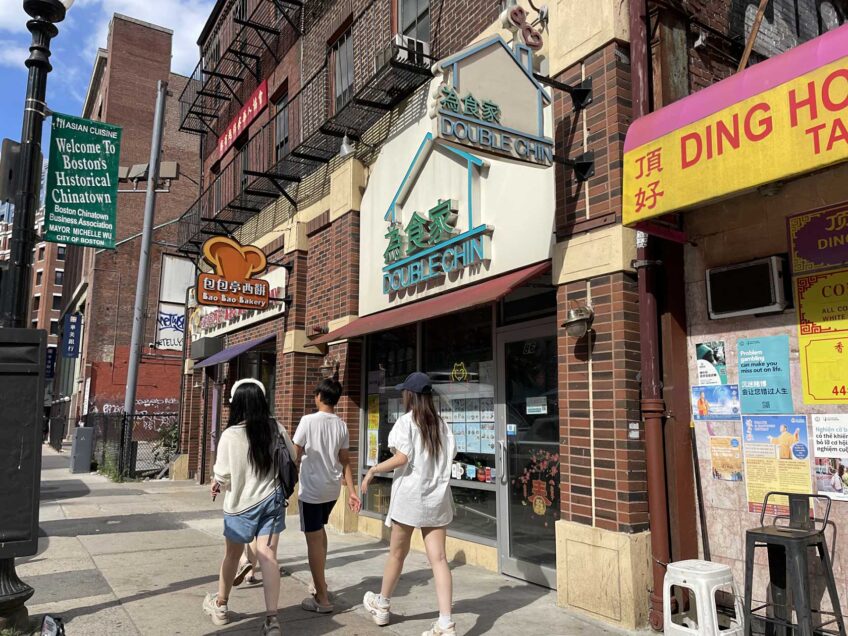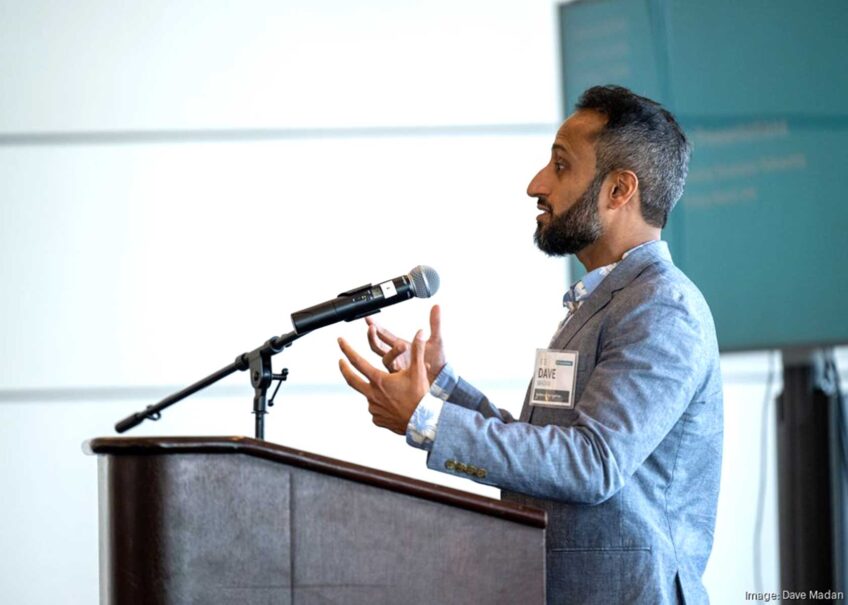
The voices of those buried at Forest Hills Cemetery speak volumes about New England’s history and culture over the past 160 years.
Visitor guides to the 275-acre cemetery highlight the stories of famous white people buried there, including playwright Eugene O’Neill, Industrial Revolution magnate Francis Cabot Lowell, abolitionist William Lloyd Garrison and 19th-century medical pioneer Susan Dimock.
But the Forest Hills Educational Trust believes many of the cemetery’s black voices are still waiting to be heard.
“We just don’t know, except for [abolitionist] William Cooper Nell, the black people who were buried here,” said Cecily Miller, director of the Forest Hills Educational Trust. She said that the public, nondenominational cemetery in Jamaica Plain has been an important burial place for the African American community.
“I have felt, in the time we’ve been developing tours and our visitor guide, that there is this missing history,” she said.
With the help of a $3,000 Scholar-in-Residence grant from Mass Humanities, the Trust has launched a project, “Finding Voices in the Silence,” to research black history at Forest Hills. The new scholar-in-residence is Sylvia McDowell, a retired librarian and the former board president of the Boston Women’s Heritage Trail.
Miller said that while some prominent African Americans who died in recent years are known to be there — including activist Elma Lewis, Joseph “Wally” Walcott, founder of Wally’s Café Jazz Club, and Boston Celtics captain Reggie Lewis — no comprehensive list exists of African Americans buried over the cemetery’s history. The cemetery’s records do not specify race or ethnicity, she said.
McDowell has begun her research by poring over obituaries, cross-referencing names in the cemetery’s database with funeral homes or relatives, and talking with churches and funeral homes to find out whom they buried at Forest Hills.
She has about 300 names so far and gathers more every day. She is investigating a list of Pullman porters, the railroad employees who formed the first black labor union in 1925. Some of the porters, who were “civil rights activists in their own way,” may be buried at Forest Hills, she said.
One notable find is Harriet C. Hall, a politically active African American woman in the early- to mid-20th century. Hall served as president of the Women’s Service Club, was co-founder of the interracial Women’s Republican Club on Beacon Hill in 1920, and was an alternate delegate to the Republican National Convention from Massachusetts in 1944, McDowell said. Hall died in 1958 and is buried at Forest Hills along with her husband, John B. Hall.
McDowell said she needs local African Americans to come forward with names of prominent family and community members who may be buried at Forest Hills, she said.
Even more important, she wants to hear stories of who these people were, what they did and how they made a difference, loudly or quietly.
“There are ordinary people buried who did extraordinary things. I’d like to bring them to light,” she said.
“Nomination” forms for submitting names are available on the Forest Hills Educational Trust’s Web site at http://www.foresthills trust.org.
The advisory committee for McDowell’s project includes an array of activists and experts, including state Rep. Byron Rushing; Al Maze, the cemetery’s volunteer historian-in-residence; Spencer DeShields, executive director of the Mattapan Community Development Corporation; and local storyteller and singer Valerie Stephens.
On Sunday afternoon, Oct. 18, 2009, Stephens will perform a concert of Nina Simone songs at the cemetery’s Forsyth Chapel. Before the concert, McDowell plans to speak briefly about the project, and afterward she will conduct a tour of some of the burial sites.
“Finding Voices in the Silence” is funded through December. The Forest Hills Educational Trust will integrate some of the newly discovered names into their interpretive materials, said Miller, and eventually create an African American heritage guide for the cemetery.
“Headstones have only names and dates,” Miller said. “To be effective as a memorial, you have to have the ‘stories behind the stones.’”






